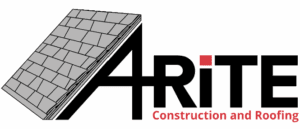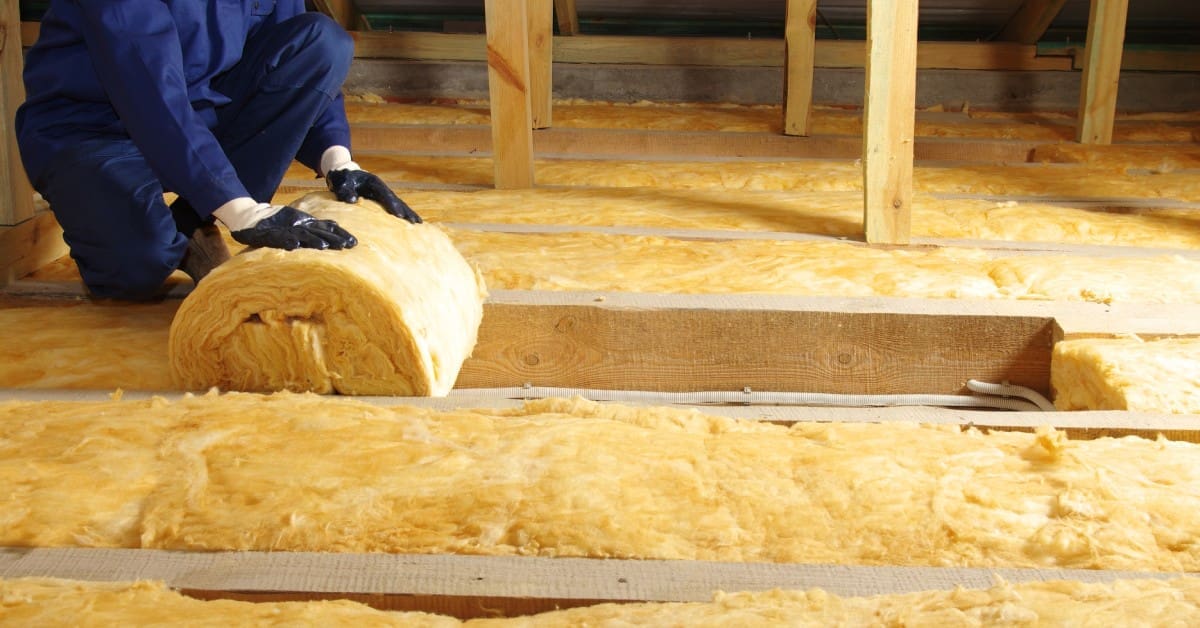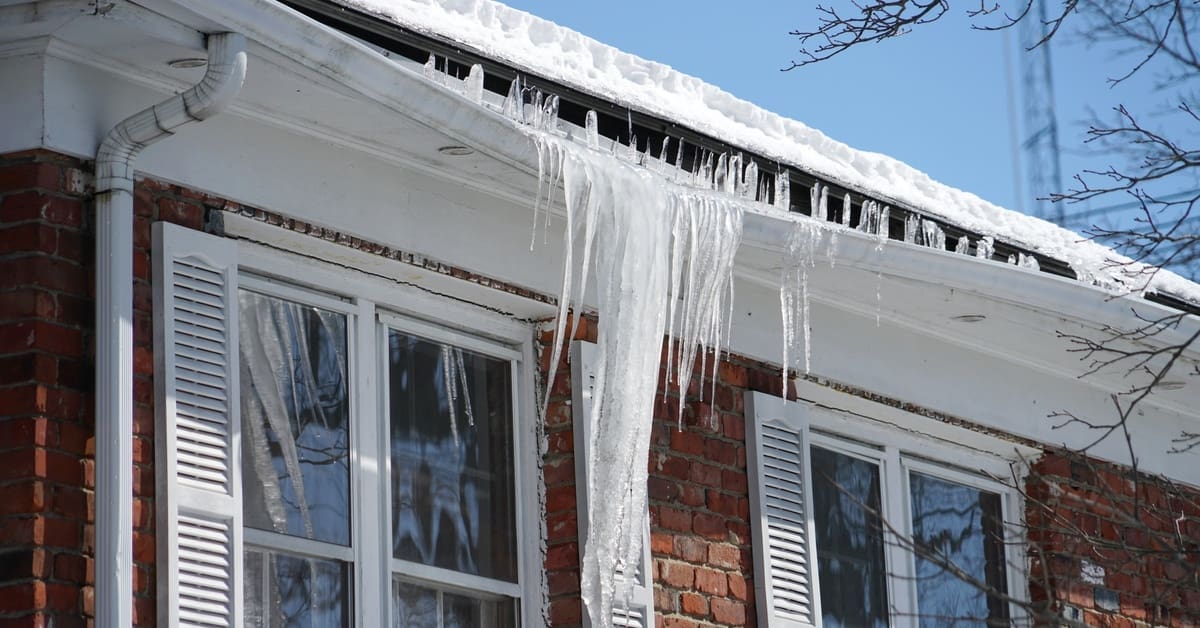Insulation plays a crucial role in maintaining indoor temperatures, reducing energy bills, and ensuring that your home is comfortable year-round. However, most homeowners don’t give insulation much thought until they notice something is wrong.
If your energy bills are soaring or you’re feeling drafts in certain rooms, it might be time to consider new insulation. In this post, we’ll explore the signs that your home needs new insulation and when to upgrade.
The Importance of Home Insulation
Insulation forms a barrier between the inside of your home and the outside world. It helps keep your home warm in the winter and cool in the summer. Proper insulation also reduces the amount of energy required to heat or cool your home. This reduction translates to lower energy bills.
When your home is well-insulated, you’ll notice that it’s more comfortable and that your heating and cooling systems don’t have to work as hard. This ease saves you money and extends the lifespan of your HVAC systems.
High Energy Bills Despite Regular Usage Patterns
One of the first signs that your home may need new insulation is an increase in energy bills despite using your appliances and systems as usual. If you’ve noticed a steady rise in your heating or cooling costs, it could be a result of poor insulation. When insulation is inadequate, your HVAC system has to work overtime to maintain the desired temperature, leading to higher energy consumption and costs. This ineffectiveness is particularly noticeable during extreme weather conditions when the difference between indoor and outdoor temperatures is significant.
Uneven Temperatures Throughout the House
Do you find that some rooms in your house are colder or warmer than others? Uneven temperatures can indicate that your insulation isn’t doing its job. Good insulation should distribute temperatures evenly throughout your home. If certain areas feel drafty or overly warm, this could mean that there are gaps or insufficient insulation in those parts of the house. This unevenness can make living spaces uncomfortable and affect your overall energy efficiency.
Ice Dams Forming on the Roof During Winter

Ice dams are another telltale sign of faulty insulation. These are ridges of ice that form at the edge of your roof and prevent melting snow from draining off. When your attic isn’t properly insulated, heat escapes from your home and melts the snow on your roof. This water then refreezes at the cooler edges, forming ice dams. These ice dams can cause significant damage to your roof and gutters and lead to water leaks inside your home. If you notice ice dams during winter, checking your attic insulation is a good idea.
Noticeable Drafts and Uncomfortable Rooms
Drafts often indicate that your home’s insulation is not up to par. Drafts can make certain rooms in your home uncomfortable and can also contribute to higher energy bills. If you feel cold air seeping in through windows, doors, or walls, you’ll need to take action. Addressing these drafts by upgrading your insulation will create a more comfortable living environment and improve your home’s energy efficiency.
Understanding Insulation Types
There are several types of insulation materials available, each with its own set of benefits and drawbacks.
- Fiberglass is one of the most common types and is known for its affordability and ease of installation.
- Cellulose is another popular option, made from recycled paper products and treated to resist fire and pests.
- Spray foam insulation is a more advanced option that provides excellent coverage and sealing properties.
When choosing insulation, consider the R-value, which measures the material’s resistance to heat flow. The higher the R-value, the more effective the insulation.
When to Upgrade Your Home’s Insulation
Knowing when to upgrade your home’s insulation can save money and improve your living conditions.
Insulation’s Age
One of the most obvious signs is the age of your current insulation. Over time, insulation can degrade and lose its effectiveness. If your insulation is over 20 years old, you’ll likely need an upgrade.
Increased Energy Bills
Changes in energy bills can also signal the need for new insulation. No homeowner wants to pay more for their energy bills. Upgrading your insulation will help lower your bills.
Home Remodel

Planning a home remodel or adding new rooms gives you the perfect opportunity to assess and upgrade your insulation. Ask your contractor to upgrade your home’s insulation while they’re working on the remodel or addition.
After Severe Weather Events
Severe weather events, such as storms or heavy snowfall, can damage existing insulation, making an upgrade necessary. After a strong storm, assessing your home’s insulation is important to determine if you should update it.
Benefits of Upgraded Insulation
Upgrading your home’s insulation has several benefits. Let’s explore what they are.
Improved Energy Efficiency and Cost Savings
When your home is well-insulated, you’ll notice a significant reduction in your energy bills. This reduction is because your heating and cooling systems won’t have to work as hard to maintain a comfortable temperature.
Over time, the savings on your energy bills can offset the initial cost of upgrading your insulation. Plus, with lower energy consumption, you’re also doing your part to reduce your carbon footprint.
Enhanced Home Comfort in All Seasons
Another major benefit of upgrading your insulation is enhanced home comfort. With proper insulation, your home will maintain a consistent temperature throughout the year. In the winter, you’ll stay warm without cranking up the heat; in the summer, you’ll stay cool without relying heavily on air conditioning. Even heating and cooling creates a more comfortable living environment for you and your family, regardless of season.
Contribution to Environmental Sustainability
By upgrading your insulation, you’re also contributing to environmental sustainability. Better insulation means less energy consumption, which reduces greenhouse gas emissions. Many modern insulation materials are also made from recycled or eco-friendly materials, further minimizing your environmental impact. Investing in quality insulation is a step towards a more sustainable future.
How to Choose the Right Insulation for Your Home
Choosing the right insulation for your home involves considering several factors. First, think about the climate in your area. Homes in colder climates will need insulation with a higher R-value, while homes in milder climates can get by with a lower R-value.
Next, consider your home’s design and any specific areas needing extra attention, such as attics or basements. Your budget will also play a role in your decision. While spray foam insulation may offer superior performance, it’s more expensive than fiberglass or cellulose. Consulting with an expert like A-Rite will help you make an informed decision that fits your budget and needs. We’re the trusted insulation contractors in Wausau, Wisconsin.
The Importance of Professional Assessment and Installation
While DIY insulation projects are possible, a professional will ensure the job is done correctly and efficiently. Professionals have the experience and knowledge to assess your home’s insulation needs and recommend the best materials and techniques. They can also identify any underlying issues, such as moisture problems or air leaks, and address them before installing new insulation. Professional installation can save you time, money, and headaches in the long run.
There are several signs that your home may need new insulation. Understanding the insulation types available and when to upgrade can help you make informed decisions that improve your home’s energy efficiency and comfort. By choosing the right insulation and opting for professional assessment and installation, you’ll enjoy the benefits of a well-insulated home for years.




